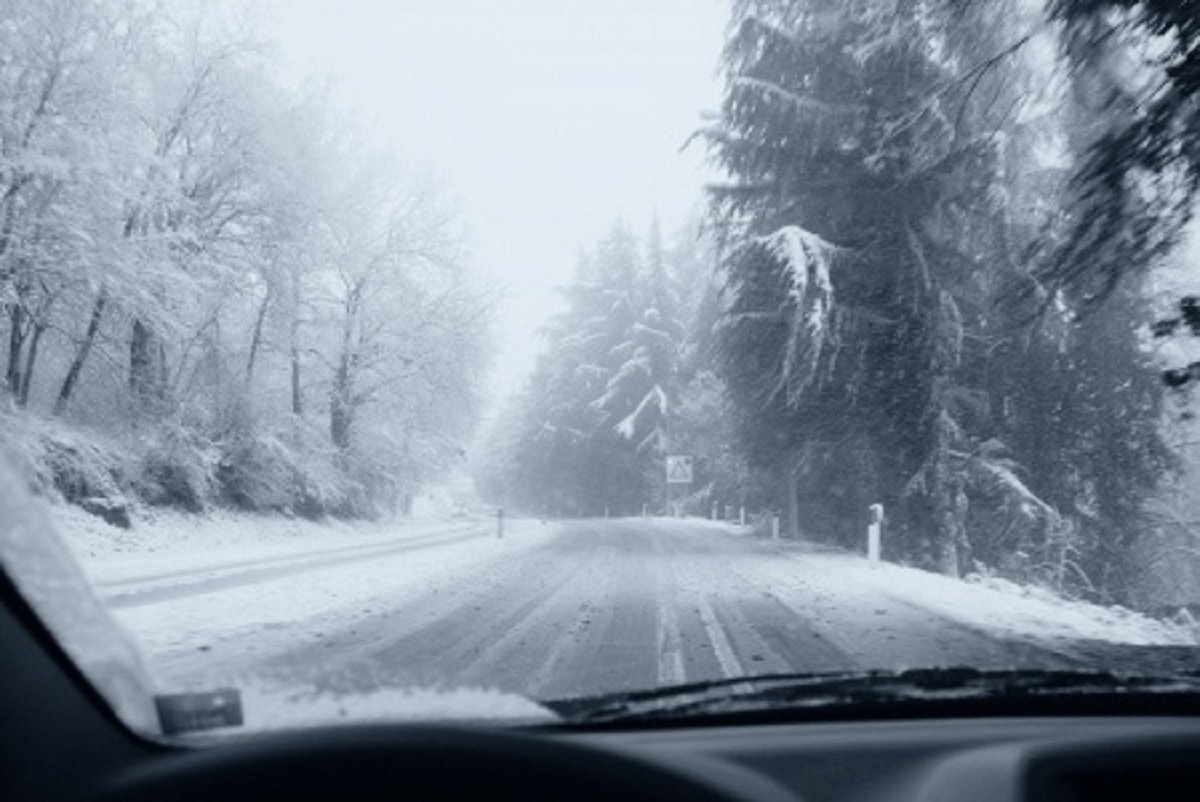How to Stay Safe in Ice and Hail Storms
Ice is, hands down, one of the most dangerous conditions drivers can find themselves in, and this is often the result of road conditions during or after an ice or hail storm. Black ice in particular can be hazardous, as it is transparent and much harder for drivers to see when compared to frozen slush, snow, or white ice. Because of this, drivers often do not even realize they are driving on icy roads, until it is too late. Here are some tips drivers should find helpful for driving in an ice or hail storm that leaves the roads icy and slick.
Tips for Driving in Icy Conditions
The first and most obvious tip for driving in icy conditions is to simply not drive unless it is absolutely necessary. Some other helpful tips include:
- Keep the windshield and all windows clear of snow and ice for increased visibility.
- Alert others of where you are traveling and when you should arrive.
- Leave ten times as much space between your vehicle and other vehicles around you.
- Steer gently into skids when they occur.
- All vehicle operations including steering, braking, accelerating, and shifting should be done slowly and smoothly.
- Consider using a higher gear to aid tires in gripping the road when moving on and off packed ice.
Tips for Driving in Hail Storms
First, it is important to know hail storms are extremely dangerous to drive in – they can cause extensive damage to vehicles and can also cut down greatly on visibility. For those who have to travel during these types of storms, the first tip is to attempt to plan a route around any areas affected by the storm. Some other helpful tips include:
- Alert others of where you are traveling and when you should arrive.
- Remain inside the vehicle, as hail can fall at fast speeds and cause major concussive injuries.
- Should the storm become severe, stop and pull over to a safe area, ideally one where the vehicle’s windshield can be protected.
- Angle the vehicle so the hail is hitting the front of the car instead of the sides. The car’s front end and windshield are reinforced to withstand forward driving as well as bombarding objects.
- Avoid areas with ditches, as is it possible to experience high-rising water during a hail storm.
Do you or anyone you know need Behind the Wheel Training? Training Wheels is a Mays Landing driving school specializing in teaching new teen drivers how to stay safe on the road. For more information on our lessons, please click here.
Copyright: fotola / 123RF Stock Photo

